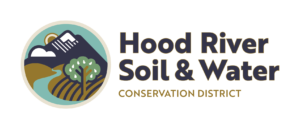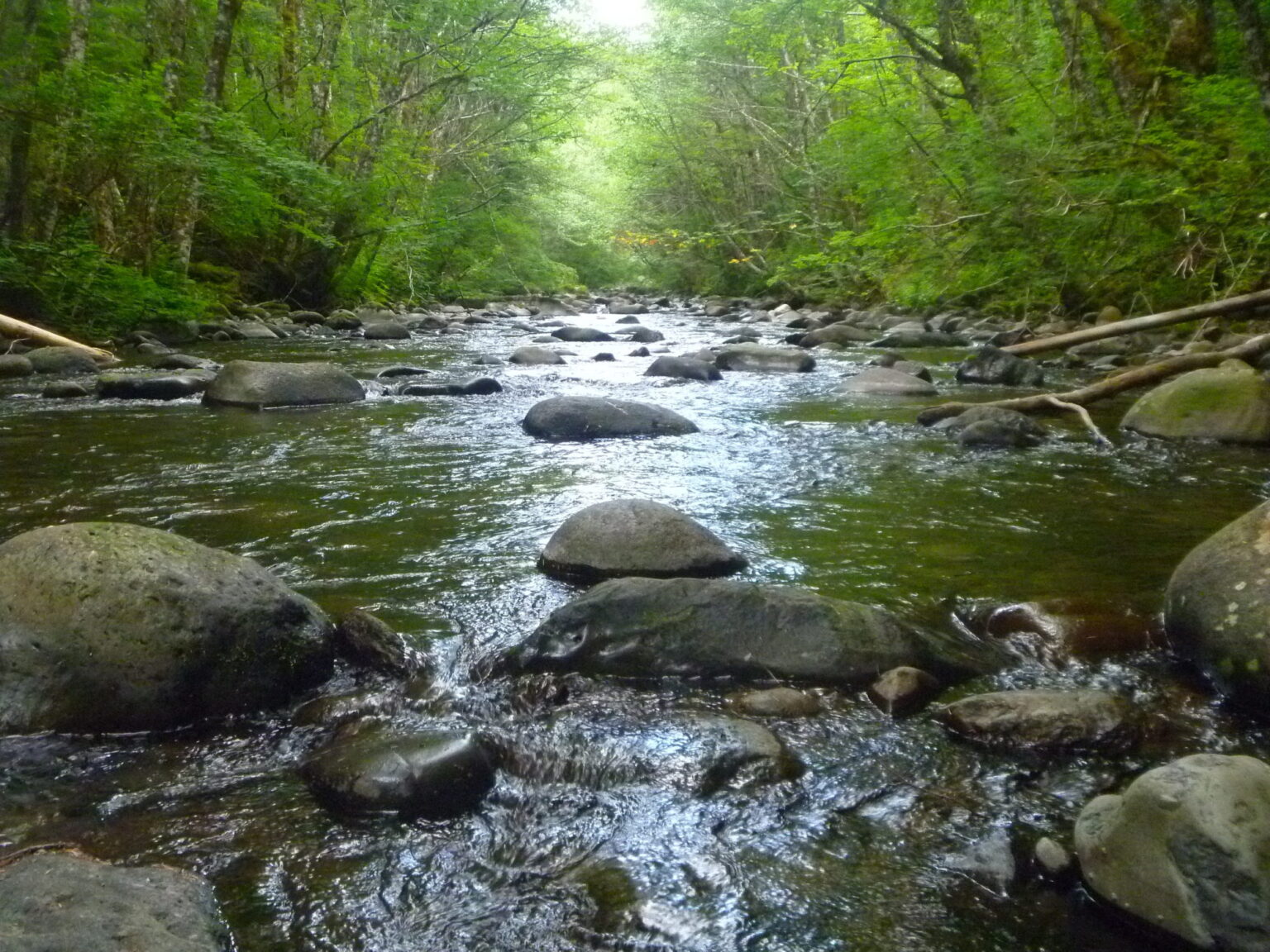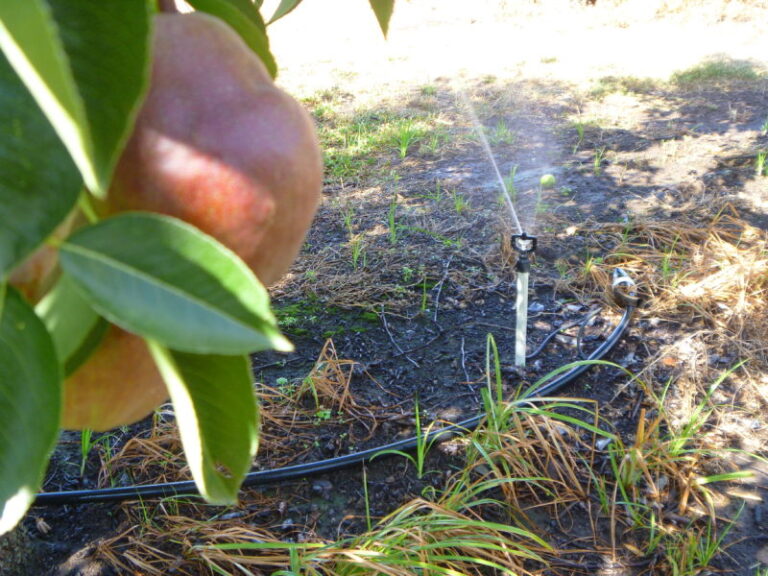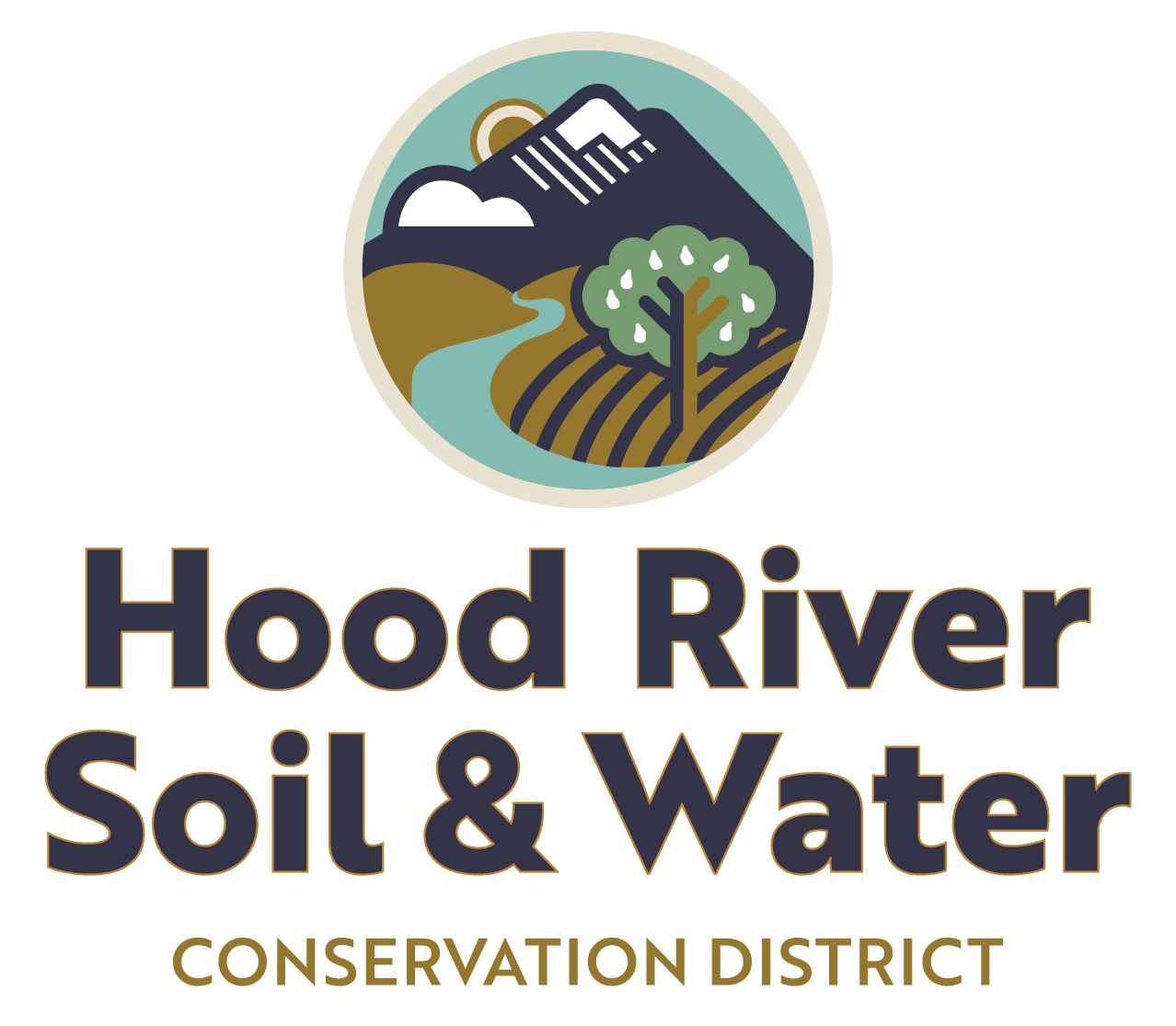Riparian Planting
Riparian buffers are one of the most important practices that you can use to help control nonpoint pollution and improve water quality. Riparian buffers are the grasses, shrubs, trees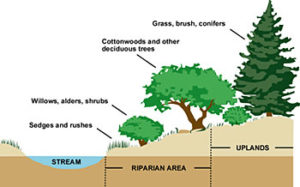 or other vegetation growing along streams. Trees, shrubs, and other vegetation protect the stream from pollutants and runoff. They absorb excess nutrients such as nitrogen and phosphorus from farm and livestock operations and act as pesticide drift barriers, keeping chemicals out of waterways. These plants also provide shade and prevent solar heating. Elevated water temperatures can be harmful to aquatic species.
or other vegetation growing along streams. Trees, shrubs, and other vegetation protect the stream from pollutants and runoff. They absorb excess nutrients such as nitrogen and phosphorus from farm and livestock operations and act as pesticide drift barriers, keeping chemicals out of waterways. These plants also provide shade and prevent solar heating. Elevated water temperatures can be harmful to aquatic species.
We at the HRSWCD are a source of landowner assistance to address water quality concerns in a non-regulatory manner and we can assist with determining riparian planting needs to meet the above objectives. If you are a landowner with a waterway on your property, contact us – we have funding available to plant riparian areas at no cost to you.
Livestock
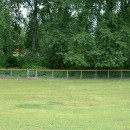
Riparian Fencing is an important tool to keep livestock out of streams and vegetated areas. A buffer zone is created between grazing areas and the stream. A riparian buffer zone will be revegetated with native plants to help restore the streambank and prevent erosion. Increasing vegetation along the stream also helps keep water temperatures lower by shading the stream. This is especially important in Hood River County as many of our area streams are exceeding state temperature standards. The larger the buffer, the more benefits are gained. It is very beneficial to fish and wildlife habitat, riparian health and water quality.

Paddock Footings can help livestock owners dealing with mud and manure in the areas they use the most. Mud and manure not only creates an unhealthy environment for your animals, but for the environment too. Mud that is enriched by manure can harm aquatic life if it gets into surface water. This is not just a concern for those who live near water bodies since the nutrients and sediments can leach into groundwater too. This can be a really big problem if you draw from a well. The District has helped landowners convert what was once a muddy mess into a healthy home for animals and the environment. Creating hardened, yet pervious surfaces (such as Hoof Grid or Eco Green Grid) for heavy use areas, like paddocks, allows the landowner to easily and regularly remove manure, while giving animals a sturdy, dry place to be year round.

Livestock Crossings and Water Gaps allow livestock to access water or the other side of a creek, while limiting impact to water quality. Animals can be fenced out of accessing most of the creek and a hardened area allows animals to cross safely or drink without making a muddy mess! Areas of the creek that have already been severely degraded by livestock can be recontoured and planted so that ecosystem function returns and water quality is improved.

Manure Storage & Composting Facilities assist with managing manure for the health of your animals, nearby waterways and groundwater. Aside from storing the manure away from any waterways, one of the simplest things you can do is to cover your manure to prevent clean rainwater from being contaminated. The District has helped many landowners in the valley with funding to plan and construct manure composting facilities. These structures not only provide a covered place to store manure, but multiple bays in which the manure can be turned and composted for use as fertilizer on crops.
We are here to provide landowner assistance to voluntarily address water quality concerns. If you are a landowner with a creek or stream on your property, contact us – we have funding available!
